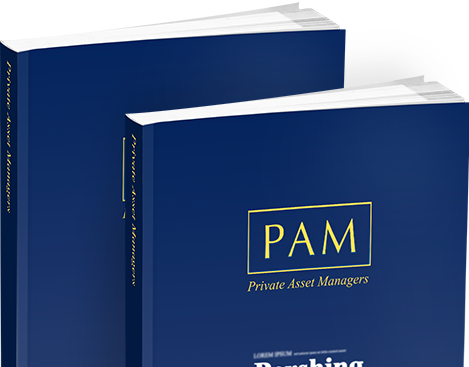The first thing that needs to be said about asset allocation is that it should be tailored for your specific requirements. Drawing up an asset allocation will be determined by and a product of your financial plan. It should thus take account of all your assets and liabilities, as well as your investment objectives, risk profile and the time horizon over which you want to achieve your financial and personal goals.
The risk profile may comprise more than market risk. By market risk, we mean whether an investor wants to out-perform a chosen stock market or index. Another aim may be to achieve an absolute return, which means a positive return in all market conditions. But you also need to consider your personal objectives and risk profile. If you want to generate a 10 percent a year return to gain a sufficient income in retirement, then there is little point in taking on extra risk than is required to achieve this annual return.
A comprehensive, or holistic approach should be taken towards the use of asset classes within your portfolio, while taking advantage of tactical opportunities. Earlier in the guide, we outlined the importance of deciding your lifetime investment objectives, over what period of time you want to meet these goals and the level of risk you are prepared to take. Only by going through this process can you decide which asset classes you should include within a portfolio and, more importantly, in which proportions.
It is not advisable to decide to use equities, bonds and cash, for example, before determining your objectives and risk profile. This can be likened to putting the cart before the horse. In deciding which asset classes to choose, you should consider those that can protect against inflation or deflation, which can provide capital growth and which can deliver absolute returns. For example, if you want to achieve capital growth, your portfolio should have a greater weighting to equities, provided the likely level of volatility is acceptable to you.
The time frame over which you are investing and your risk tolerance will have a crucial impact on the asset allocation. If you are aged in your 20s or 30s and are planning for retirement, then you may be willing to seek long-term growth, without being too concerned about short-term volatility. You can afford to have a higher weighting to equities than someone aged in their 60s, as you have time to recover from short-term dips in the stock market. The level of volatility you are prepared to tolerate will have a direct bearing on the asset classes you can include in your portfolio. Logically, the higher your risk tolerance, the more you can include risky assets in your portfolio.
The PAM Directory is a comprehensive guide on comparative data focusing on asset managers, investment managers, private banks, stockbrokers, wealth managers and multi-family offices, who provide discretionary and/or advisory portfolio management services for private clients.
Order Now
Subscribe to PAM to hear about the latest news and promotions
Site Content Copyright PAM Insight Ltd 2016
This option is not available when logged in as a Private Asset Manager.
For registering with PAMonline. You should now receive an email asking you to verify your email address. If you do not receive this email, please call +44 (0)207 967 1601 for assistance.
To reset your password please enter code below.
To restore your password please enter your email below.
To see full information of the Private Asset Managers, plus the opportunity to rate and follow, login or register
For registering with PAMonline.
You should now receive an email asking you to verify your email address.
If you do not receive this email, please call +44 (0)207 967 1601 for assistance.
To return to the Home page, click here
To see full information of the Private Asset Managers,
plus the opportunity to rate and follow, login or register.
Please fill in all the fields.
To activate your account enter valid activation code below.
To resend activation email type in your registered email address below. Or contact the PAM office on +44 (0)20 7967 1608 to get instructions to activate your account.
